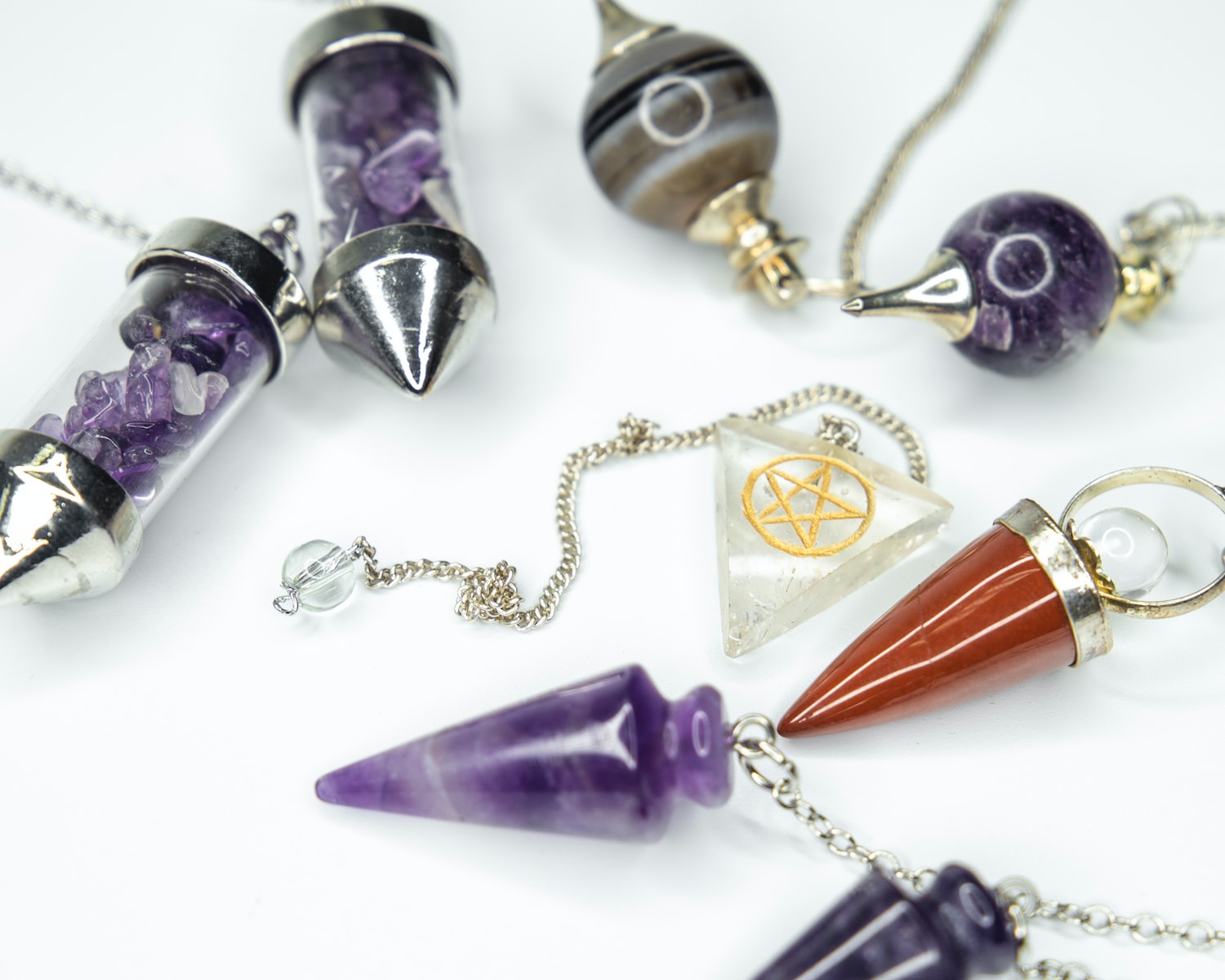How to Interpret Esoteric Symbols and Their Meanings

Hey there, amazing readers! 🖐️ Just a quick note: yes, we know there are a lot of ads here. Trust us, we get it—it’s not the prettiest look, but they help us keep this blog alive and kicking. Those pesky little ads cover the costs of all the behind-the-scenes magic, from hosting and tech stuff to creating content we hope you’ll love.
We’re committed to delivering quality posts, and your support (even just sticking around despite the ads) means everything to us. So, bear with us, and thanks for helping us keep the good vibes rolling. Now, on to the fun stuff! 😉
TRANSLATE BUTTON AT THE END OF THE ARTICLE
Unveiling the Hidden: A Guide to Interpreting Esoteric Symbols and Their Meanings
Symbols, those visual whispers across time and cultures, have enthralled humanity since the dawn of civilization.
While some symbols hold universal meanings, others, steeped in the realms of the esoteric, beckon us to delve deeper, to unearth the secrets they hold within their intricate lines and enigmatic forms.
Interpreting these esoteric symbols, however, is not a simple task.
It is a voyage of discovery, demanding an open mind, a keen eye for detail, and a willingness to navigate the labyrinthine corridors of human history, mythology, and spiritual traditions.
Before embarking on this journey, let us first define what we mean by “esoteric.” The word originates from the Greek “esoterikos,” meaning “inner” or “hidden.” Esoteric symbols, then, are those not readily understood by the general public, often holding specific significance within particular schools of thought, religious traditions, or occult practices.
Their meanings may be layered, veiled in allegory and metaphor, and often defy literal interpretation.
Approaching these symbols requires a multifaceted approach:
1.
Context is Key:
The origin of the symbol is paramount.
Is it rooted in ancient Egyptian alchemy, medieval Kabbalah, or perhaps the mystical traditions of Tibetan Buddhism?
Each system imbues its symbols with unique meanings and associations.
Consider the cultural and historical context as well.
A symbol’s interpretation may shift dramatically depending on the time period and geographical location in which it appears.
2.
Deconstructing the Form:
Pay close attention to the symbol’s visual elements.
What geometric shapes are present?
Are there recurring motifs or patterns?
Each component, from the number of points in a star to the direction of a gaze, can hold clues to the deeper meaning.
For instance, the circle, often representing wholeness and unity, takes on a different connotation when broken or divided.
3.
Symbolism Through the Ages:
Symbols rarely exist in isolation.
They evolve and accumulate layers of meaning over time.
Tracing the historical trajectory of a symbol can shed light on its current interpretation.
The ankh, for example, initially associated with life in ancient Egypt, later became a symbol of immortality in Christian iconography.
4.
The Power of Myth and Mythology:
Myths and legends often serve as repositories of symbolic meaning.
Familiarizing yourself with the mythological narratives of the culture or tradition associated with the symbol can unlock valuable insights.
The Tree of Life in Kabbalah, for instance, draws its symbolism from the Genesis story, representing the connection between the divine and the earthly realms.
5.
Beyond the Veil: Intuition and Personal Resonance:
While intellectual analysis is crucial, don’t neglect the role of intuition.
Sometimes, the meaning of a symbol resonates deeply on a personal level, offering insights beyond the bounds of conventional interpretation.
Trust your gut feeling, and allow the symbol to speak to you on a subconscious level.
Now, let us delve into some specific examples of esoteric symbols and their potential interpretations:
The Eye of Horus: This ancient Egyptian symbol, depicting an eye with stylized markings, represents divine protection, clarity, and wholeness.
It may also symbolize the all-seeing eye of the cosmos, watching over humanity.
The Ouroboros: This serpent swallowing its own tail, a common motif in alchemy and Gnosticism, signifies cycles of death and rebirth, eternity, and the interconnectedness of all things.
It may also represent the cyclical nature of the universe and the constant process of self-transformation.
The Caduceus: This winged staff entwined with two serpents, often associated with Hermes/Mercury, is a symbol of balance, duality, and healing.
The serpents represent opposing forces, such as good and evil or life and death, while the staff and wings unite them in harmony.
The Mandala: These intricate geometric patterns found in Hinduism, Buddhism, and other Eastern traditions represent the cosmos, the mind, and the journey towards enlightenment.
Each element within the mandala, from the colors to the specific symbols used, holds specific meaning within its particular tradition.
The Triskelion: This three-legged symbol, found in Celtic and Norse cultures, signifies forward motion, progress, and the interconnectedness of the past, present, and future.
It may also represent the three realms of earth, sea, and sky, or the three aspects of the goddess Brigid: wisdom, healing, and craftsmanship.
This is just a glimpse into the vast and captivating world of esoteric symbols. Remember, the journey of interpretation is as important as the destination.
Embrace the ambiguity, the multifaceted nature of these symbols, and allow them to open your mind to new perspectives and deeper understanding.
Here are some additional tips for further exploration:
Consult specialized dictionaries and encyclopedias of symbols. Several excellent resources like “Manly P.
Hall’s The Secret Language of Symbols” and “Hans Biedermann’s Dictionary of Symbolism” delve into the intricate meanings and origins of symbols across cultures and traditions.
Seek out texts on specific esoteric traditions. Immersing yourself in the rich history and philosophies of these traditions, such as Kabbalah, alchemy, or Gnosticism, will provide invaluable context for interpreting their symbols.
Join online communities and forums dedicated to symbology. Engaging with fellow enthusiasts and scholars can broaden your knowledge and offer fresh perspectives on interpreting esoteric symbols.
Pay attention to symbols in your own life. From ancient architecture to modern art, esoteric symbols permeate our surroundings.
Begin to consciously observe them, consider their context, and see if they hold any personal meaning for you.
Most importantly, never stop learning and questioning. The world of symbols is vast and ever-evolving.
Embrace the mystery, keep exploring, and allow yourself to be awed by the hidden messages these enigmatic forms whisper across time and space.
Remember, the key to unlocking the secrets of esoteric symbols is to approach them with curiosity, respect, and an open mind.
With dedication and perseverance, you will find yourself embarking on a fascinating journey of self-discovery, uncovering layers of meaning within yourself and the world around you.
So, let the symbols guide you, and prepare to be surprised by the hidden depths they reveal.

The Enlightenment Journey is a remarkable collection of writings authored by a distinguished group of experts in the fields of spirituality, new age, and esoteric knowledge.
This anthology features a diverse assembly of well-experienced authors who bring their profound insights and credible perspectives to the forefront.
Each contributor possesses a wealth of knowledge and wisdom, making them authorities in their respective domains.
Together, they offer readers a transformative journey into the realms of spiritual growth, self-discovery, and esoteric enlightenment.
The Enlightenment Journey is a testament to the collective expertise of these luminaries, providing readers with a rich tapestry of ideas and information to illuminate their spiritual path.
Our Diverse Expertise 🌟
While our primary focus is on spirituality and esotericism, we are equally passionate about exploring a wide range of other topics and niches 🌍📚. Our experienced team is dedicated to delivering high-quality, informative content across various subjects ✨.
To ensure we provide the most accurate and valuable insights, we collaborate with trusted experts in their respective domains 🧑🏫👩🏫. This allows us to offer well-rounded perspectives and knowledge to our readers.
Our blog originally focused on spirituality and metaphysics, but we’ve since expanded to cover a wide range of niches. Don’t worry—we continue to publish a lot of articles on spirituality! Frequently visit our blog to explore our diverse content and stay tuned for more insightful reads.






